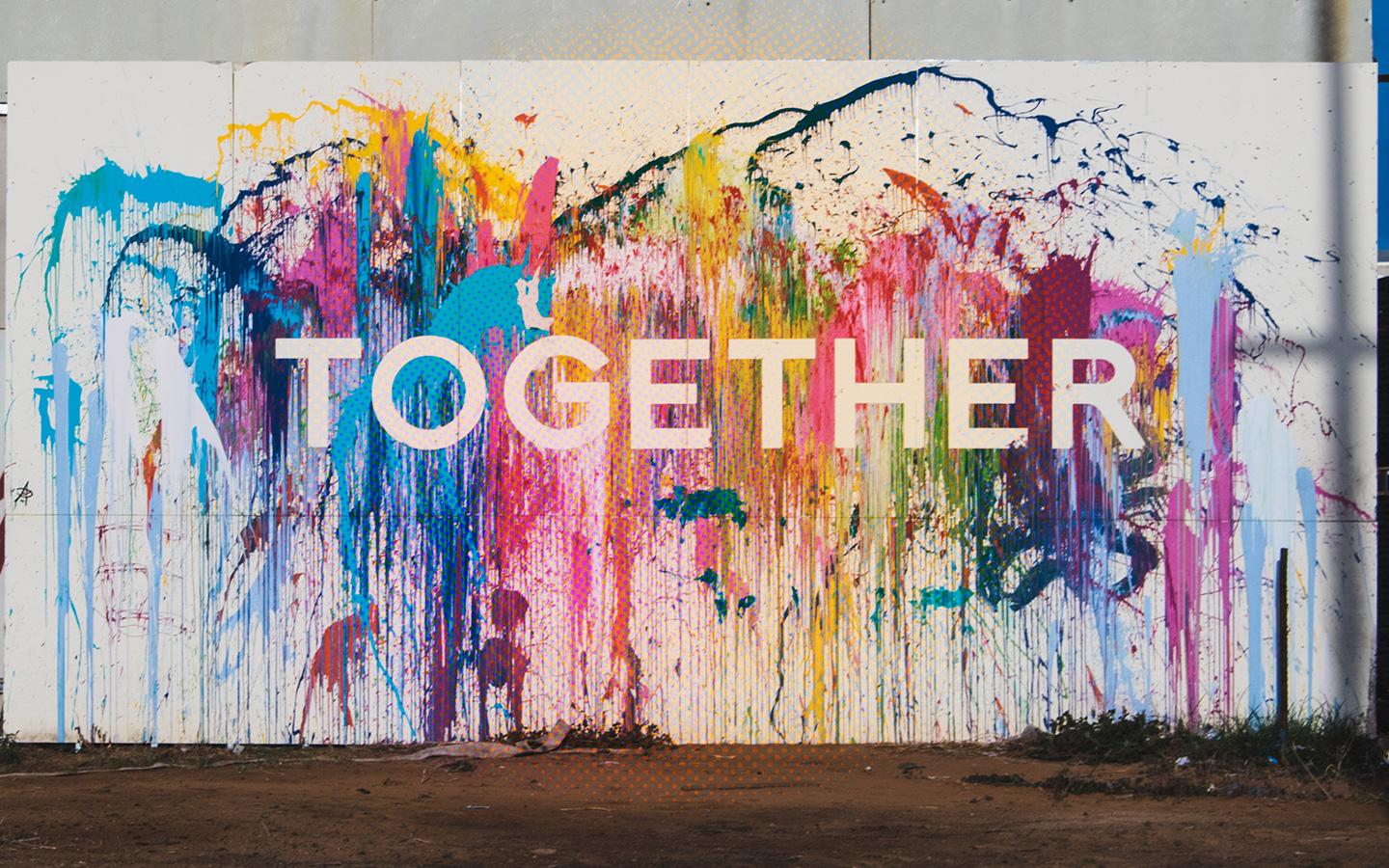“Brand” and “Culture” are possibly the two most used words in business which have the least clarity on what they actually mean.
And yet they are two elements which potentially have more impact on the collective endeavors of an organization than anything else.
Your brand is the collection of memories and meanings created inside the brains of your audience. These associations get created by all the things people come into contact with to do with your brand and business. A brand therefore, is a microscopic collection of brain matter; a collection of synapses which determines how people respond to you and how likely they are to choose you over your competition.
Tiny, but tremendous.
Your culture exists as the energy and emotion and relationships that are created between people in your organization. Yes, you can paint words on walls, develop policies, add benefits and give opportunities, but your culture is actually created as a feeling, which grows between a group of people. It is a feeling that determines how people act, behave and choose. It dictates the impact they have for themselves, each other, and the business.
Invisible, but invincible.
Between them, your brand and culture are the tiniest and least visible things you will ever build in business, but also the most long lasting and impactful.
That’s why we believe that Brand and Culture are inseparable. When you unite them, you create and unleash powerful and exponential energy throughout your business, in ways that enable you to achieve astonishing things.
Put simply, Brand:Culture exists when you create and foster deep connections between your business’s external world (brand) and its internal world (culture) in a way which enables you to achieve more than you otherwise would.

It’s not easy.
Even though, when we talk to businesses about BrandCulture there is a universal appreciation for the impact that it can have, there are 3 main reasons why many businesses haven’t got there
1. It’s impossible to see the label from the inside of the jar
Like so many other things in life, creating a powerful BrandCulture is almost impossible to do on your own… at least not at the start.
As your brand exists in the mind of people outside your business in the “real world”, it’s vital to understand what these associations are. It’s the only way you can decipher where you’ve been, where you are and where you need to go.
That’s impossible to do from your desk or just by talking to each other. Rule number one of being a good marketer is to remember that you are not your customer.
Your culture exists amongst your people so you need to gather an understanding about how they behave and feel and interact to be able to understand their lived experience.
That’s impossible to do from a small number of seats on the c-suite. Rule number one of leadership, it’s not about you it’s about them.
We’ve lost count of the number of times we’ve heard a marketing or business leadership team say something like ”we’ve tried to do it ourselves but just haven’t been able to crack it”
2. To speed the **** up you’ve got to #SlowTheFuckDown
“Anything worth doing is worth doing slowly.”
Mae West
A big part of our own culture is the mantra to #SlowTheFuckDown. It’s driven by Emma’s deeply personal experience surviving a cardiac arrest and the revelatory experiences and provocation that provided.
And slowing the f*** down is exactly what you need to do if you’re going to properly unleash the impact that BrandCulture can have on your organization.
When we’re trying to understand the BrandCulture that already exists, we spend a huge amount of time gathering, digesting and deciphering information.
We’ll be in workshops with teams within and across a business. We’ll interview with customers and partners and suppliers; understanding their relationships with the business… what makes them unique what makes them the same what’s good and what could they do better. We will spend time with data and information research numbers strategy documents induction plans and so on and so on and so on.
And once we’ve curated all that information, we start to diagnose what the core elements are of the BrandCulture as it exists today, and start to further refine it with the teams that need to use it day in day out.
And that just takes time.
3. Like all the best things, it’s not easy.
Connecting your brand and culture is a tricky thing.
We often find brand strategy documents, built to connect with an external audience which have been created in total isolation from the EVP (employee value proposition) which determines what needs to happen inside the business.
At the same time, there’s hundreds of brands and businesses all saying the same thing with entirely indistinct values… Integrity, Innovation, Respect, Teamwork, Accountability, Excellence, Transparency, Sustainability, Diversity, Empowerment, Customer-Centricity, Passion, Loyalty, Trust, Ethical Quality…
…They’re great words. Important words. But a) are they truly distinctive? And b) do they actually mean anything to your team?
You value Excellence. Good. Does your main competitor value being Crap?
Building real values that actually reflect the lived experience of your people expressed in a simple bullshit free way take time and often lots of healthy disagreement along the way!

Making it happen?
As clients, we always had a queue of consultancies who wanted to help strategise and agencies who wanted to make brilliant advertising …but there was nobody lining up to help with the really big question: how can my brand come to life and deliver results throughout the business?
For us, this is the bit we love the most and the challenge on which Glow was founded. Because once you’ve done the research and the thinking and put it all down on paper, you need to actually plug it in!
And that means BrandCulture is not just about Positioning, Customer Insight, Distinctive Brand Assets and kick-ass activation plans, it’s also about Internal communications, Team & leadership behaviours, Employee engagement, people philosophy and people experience. .




